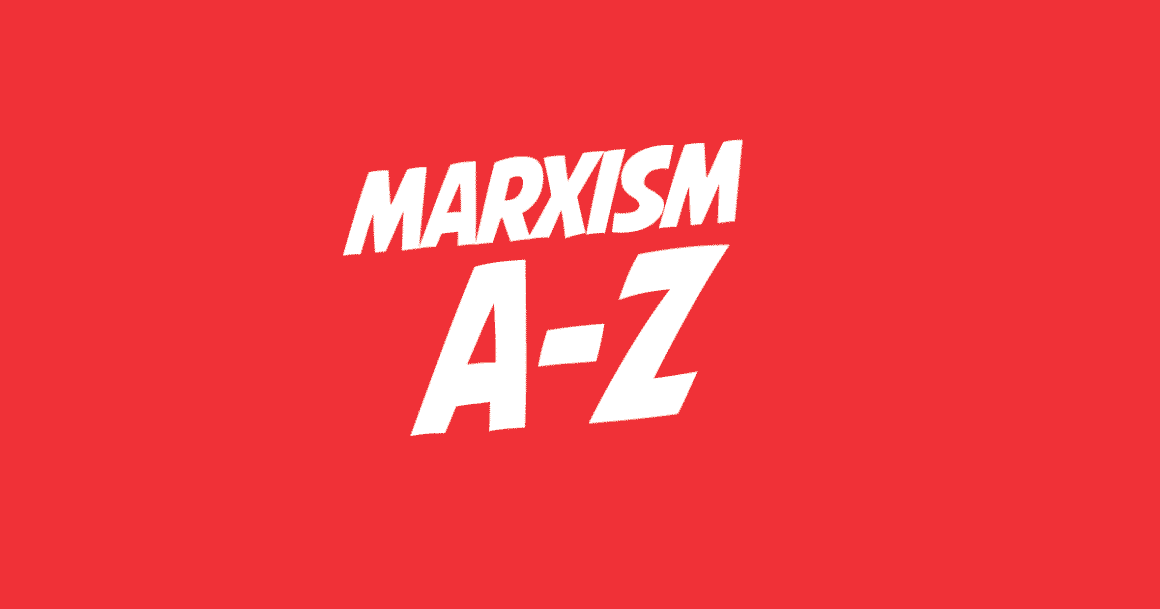

Malcolm Little was born in the US midwest in 1925. By the time of his assassination on 21 February 1965, Malcolm had become an international symbol of black resistance and, along with Martin Luther King, its most eloquent spokesperson.
The USA at Malcolm’s birth was a society marked by murderous racism. When Malcolm was four, the family house was firebombed by racists as police stood by. As Malcolm grew up, the opportunities offered to young black men were poverty or crime.
Discarded by the education system, Malcolm drifted between dead-end jobs, ending up as a petty crook: pimping, dealing drugs, running the “numbers racket”. In 1945 he was sentenced to ten years for burglary.
Only 20, his life was stuck in the same grooves as those of millions of victims of racism. But in prison, something changed. In 1948 he joined the Nation of Islam, the black nationalist group led by Elijah Muhammed. Rejecting the surname given to his forefathers by white slave-owners, Malcolm Little became Malcolm X.
He rapidly rose to become second in command of the Nation of Islam by the mid-1950s, just as the push for black civil rights in the US became a mass movement under the leadership of Martin Luther King. King’s strategy was dominated by pacifism and a reliance on reforms delivered by a white capitalist government. The Nation of Islam rejected both.
It was nationalist and separatist, teaching that white people were inevitably racist and arguing that, instead of reforming the present system, black people should separate and form their own nation.
Although the Nation grew into a mass force in the late 1950s it abstained from the civil rights struggle. Muhammed vetoed any involvement in the civil rights demonstrations, even as King was preparing to mobilise 250,000 in what Malcolm derided as the “farce on Washington” in 1963.
Caught between the demands of radicalised black people and its own sectarian utopianism, the Nation of Islam was paralysed. Meanwhile, Malcolm had become aware of Elijah Muhammed’s moral hypocrisy and personal corruption. Inevitably, Muhammed drove Malcolm out.
Malcolm initially sought to refocus the Nation’s programme by activating a fight on American soil for real improvements for black people. That led him directly towards the problem of how 22 million US blacks could relate to the majority white population and to the social classes within it.
There is a famous scene, depicted in Spike Lee’s film, where Malcolm tells an earnest white middle class woman that she can do “nothing” to help the black struggle. A meeting with a white Algerian revolutionary forced Malcolm to reconsider:
“He showed me where I was alienating people who were true revolutionaries, dedicated to overthrowing the system of exploitation that exists on this earth by any means necessary. So I had to do a lot of thinking and reappraising of my definition of black nationalism. Can we sum up the solution to the problem confronting our people as black nationalism? And if you’ve noticed, I haven’t been using the expression for several months.” (16 January 1963)
Despite this, Malcolm remained an organisational black separatist. He collaborated with elements of the left who were organised in integrated organisations, but his project remained to build the black-only organisation of Afro-American Unity. Its statement of aims published between mid-1964 and early 1965 contain the most developed expressions of Malcolm X’s politics.
Malcolm made a number of overtly anti-capitalist statements in this period, for example:
“There can be no freedom for our people under capitalism, and further you can’t operate a capitalist system unless you are vulturistic; you have to suck someone else’s blood to be a capitalist.”
But Malcolm’s programme was not in itself anti-capitalist. He did not locate the origins of black oppression in the class system. His solutions consisted of a series of reforms with militant self-organised tactics: for example a rent strike to win a housing self-improvement programme, or the establishment of a pool of black technicians to develop Africa while providing jobs for black Americans.
Malcolm, however, rejected a peaceful reformist road to black liberation. His strength, and later popularity with generations of black youth, derived from his belief that black freedom must be won “by any means necessary.” Specifically, Malcolm X advocated organised black self-defence against racist attack and – unlike the Nation of Islam then or now – he prepared to carry it out in practice.
He was gunned down by Nation supporters, with FBI collusion before the climax of the black struggle for civil rights in the late 1960s. Since his death everybody has claimed Malcolm as their own: various branches of black nationalism, centrist Trotskyism and even, hypocritically, the Nation of Islam itself.
There is no need to dress up Malcolm X as a Marxist. He was a heroic fighter for black liberation who had started his evolution from nationalism and separatism to socialism but was brutally murdered before its completion.
Malcolm’s life and political development illustrates that exploitation and oppression lead to resistance; that struggle changes the ideas of the masses, and sometimes even of their leaders; that inadequate explanations and strategies can give way to revolutionary socialist ones.
It also tells us that black nationalism can remain pure only in theory: in the real world it has to evolve a strategy to deal with the fact that there are black bosses and white workers, black enemies of liberation and white allies for it. Once it confronts that problem, black nationalism has to choose between the reformist strategy and a revolutionary working class answer: the overthrow of the capitalist system that nurtures the roots of racism.